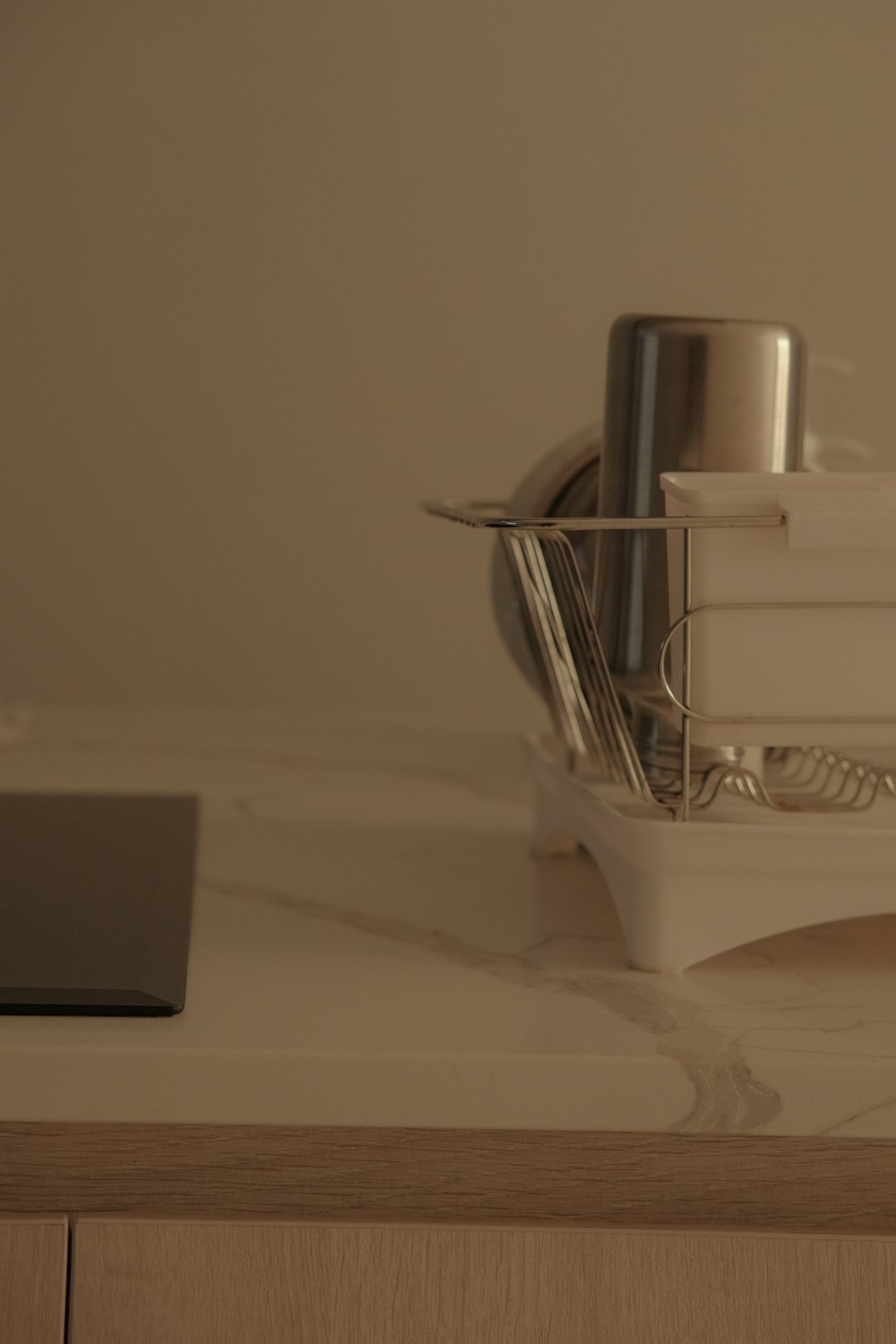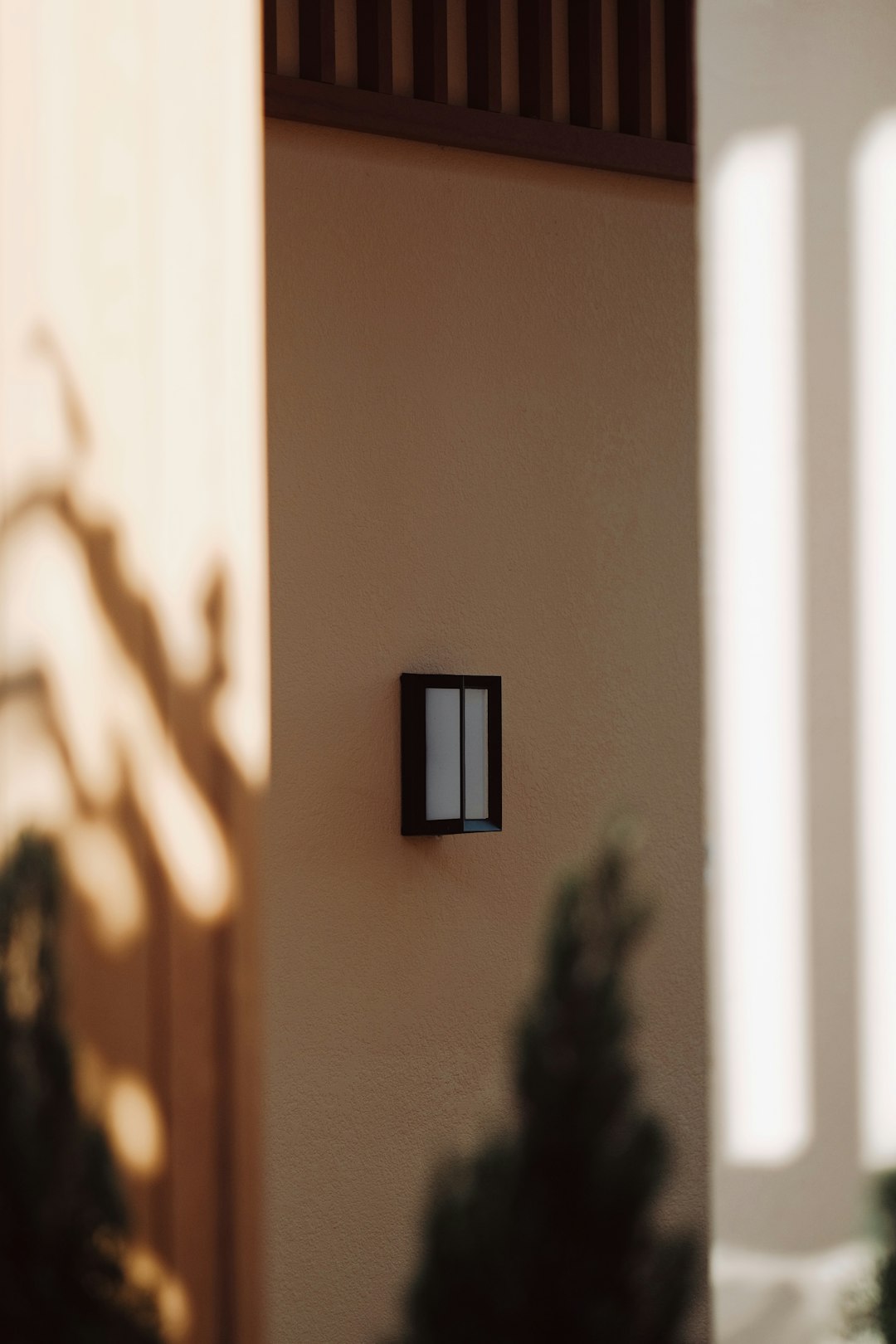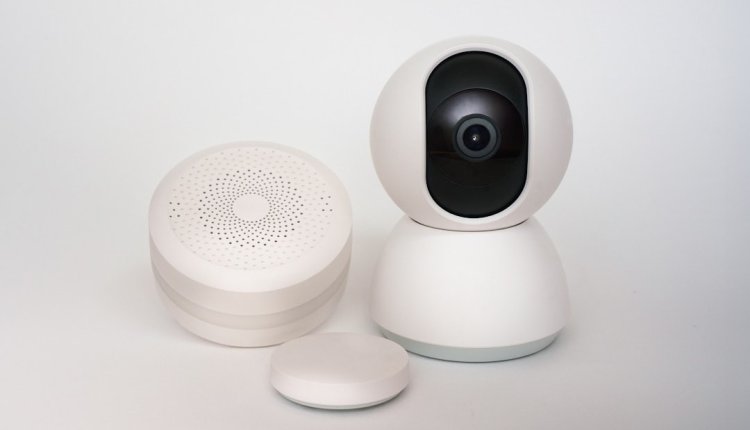Xiaomi Mi Door Window Sensor 3D Model Installation Tips
The Xiaomi Mi Door Window Sensor 3D Model is not only a smart way to secure your home but also an excellent piece of tech for DIY automation enthusiasts. Whether you’re adding more smart devices to your existing setup or starting your journey into home automation, learning how to properly install this sensor can make a big difference in performance and usefulness.
This compact sensor fits unobtrusively on doors or windows and detects movement to trigger alerts or other smart actions. It’s an integral tool for security systems, home automation routines, and energy saving strategies. To ensure a trouble-free installation and optimal performance, follow these essential tips and insights.
1. Understand the Components
The Xiaomi Mi Door Window Sensor consists of two main components: the main sensor body and the magnet. These two parts work together to detect when a door or window is opened or closed. The main body houses internal electronics, while the smaller magnet piece ensures the magnetic field continuity.
Installation involves attaching these two parts parallel to each other on a flat surface where their alignment can be closely maintained.

2. Optimal Placement
For the best performance, it’s crucial to select the right location for your sensor:
- Indoor Use Only: The sensor is designed for indoor environments and should not be exposed to harsh weather or moisture.
- Choose Flat Surfaces: Stick the sensor to clean, dry, and even surfaces to ensure strong adhesion and precise alignment.
- Alignment Is Key: When the window or door is closed, the gap between the main unit and the magnet should be less than 22 mm, and they should be vertically aligned for accurate detection.
3. Clean the Area Before Installation
Use an alcohol-based wipe or a soft cloth dampened with mild cleaner to wipe off any dust, grease, or residue. Let the surface fully dry before attaching the sensor. This ensures the included adhesives hold the unit firmly in place over time.
4. Use the Mi Home App for Integration
The sensor works seamlessly with Xiaomi’s Mi Home app. Before installation, download the app and pair the sensor with your account:
- Open the Mi Home app and sign in with your Mi account.
- Click the “+” icon to add a new device.
- Select “Mi Door and Window Sensor 2” or scan the QR code on the product.
- Follow the on-screen instructions to complete pairing.
Once connected, you can program the sensor to execute specific actions—such as turning on the lights when you open the front door or sending a notification if a window is left open.
5. Secure the 3D Model for Testing
If you’re using a 3D printed mock-up or model for testing installation layouts or for educational purposes, take extra care:
- Ensure correct dimensions of the 3D model to match the original Xiaomi sensor. This will help with realistic placement and performance simulation.
- Use temporary adhesives or Velcro strips to avoid permanent sticking while testing.
- Test different positions before finalizing the real sensor’s installation location.

6. Battery and Maintenance Tips
The unit comes with a built-in battery that lasts up to 1 year under normal use. To maximize battery life:
- Avoid excessive triggering by placing the sensor in low-traffic areas if used only for security.
- Check the battery status periodically via the Mi Home app.
- Replace the battery once you observe lag or inconsistent triggering behavior.
7. Troubleshooting Common Issues
Sometimes you may run into issues after installing the sensor. Here are some quick fixes:
- Sensor not responding: Ensure it’s properly connected in the Mi Home app and that the battery is not depleted.
- Poor alignment: Reposition the magnet and sensor body with better alignment. Make sure the spacing is under 22 mm.
- Wi-Fi issues: Ensure your smartphone and the gateway for the sensor are on the same Wi-Fi network and within range.
Final Thoughts
The Xiaomi Mi Door Window Sensor 3D Model offers a simple yet effective way to enhance home security and enable smart convenience. Its compact design, ease of installation, and seamless integration with the Mi Home ecosystem make it a must-have for modern homeowners. Whether you’re testing a 3D model layout or installing the actual device, a careful installation will make all the difference.
Take a little extra time to plan your installation and test the sensor’s functionality—it will pay off in reliability and peace of mind. Happy automating!

Comments are closed.